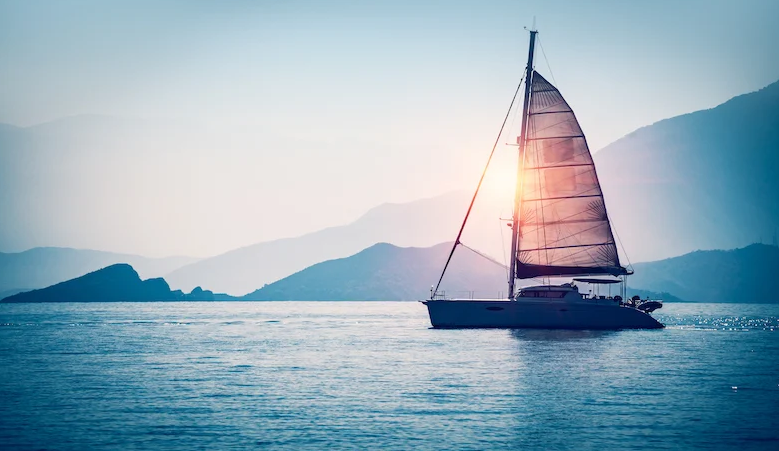Boat towing, whether it's a sailboat or a powerboat, requires careful planning and execution to ensure the safety of both the towing vessel and the vessel being towed. Please don't hesitate to hire professional towing services like Boat Towing Fort Lauderdale for expert assistance in boat towing. In this article, we will explore the key differences and considerations when towing sailboats and powerboats, providing valuable insights for both seasoned boaters and novices alike.
Sailboat Towing1. Mast and Rigging
Sailboats are distinguished by their masts and rigging, which can present unique challenges during towing. When towing a sailboat, it's crucial to consider the height of the mast and ensure it doesn't collide with bridges, power lines, or other obstacles. If necessary, the mast may need to be partially or fully removed, depending on the situation and the boat's size.
2. Rudder and Keel
Sailboats typically have deeper drafts due to their keels. This means that when towing a sailboat, you must be cautious about shallow waters and potential grounding. Additionally, sailboat rudders can be vulnerable during towing, so proper support and securing measures are essential.
3. Sail Management
To minimize wind resistance and sway during towing, it's advisable to secure the sailboat's sails. This prevents the sails from catching the wind and potentially causing instability. Sail flapping can also lead to unnecessary wear and tear on the sails, so proper securing is critical.
4. Hull Shape and Weight Distribution
Sailboats come in various hull shapes and sizes. Some have a deep V-shaped hull, while others have a flatter hull design. Understanding the sailboat's hull shape and weight distribution is crucial for safe towing. Improper weight distribution can lead to instability and increased risk during the towing process.
5. Towing Speed and Handling
Towing sailboats typically requires a more delicate touch. Due to their varying weight distribution, sailboats can sway more compared to powerboats. Therefore, it's important to maintain a controlled towing speed, keeping in mind the wind conditions, waves, and other environmental factors.
Powerboat Towing1. Engine Configuration
Powerboats are generally easier to tow than sailboats, thanks to their more compact and streamlined design. However, when towing a powerboat, it's essential to consider the engine configuration. Outboard engines are often simpler to manage during towing, whereas inboard engines may require additional care and attention.
2. Propeller and Trim
Powerboats equipped with inboard engines have a propeller that extends below the hull. When towing a powerboat, you should ensure the propeller is clear of any obstacles and doesn't touch the seabed. Additionally, adjusting the boat's trim properly can help with stability during towing.
3. Towing Points and Bridles
Powerboats typically have designated towing points or cleats that are suitable for attaching towing lines or bridles. Ensuring that the towing lines are securely attached to these points is vital to prevent damage to the boat's structure. It's also important to use the appropriate towing bridles to distribute the towing forces evenly.
4. Towing Speed and Handling
Compared to sailboats, powerboats are generally more stable during towing. They are less affected by wind and waves, allowing for slightly higher towing speeds. However, it's still essential to maintain a safe and controlled towing speed, especially in adverse weather conditions.
General Considerations1. Safety Equipment
Irrespective of whether you are towing a sailboat or a powerboat, having the appropriate safety equipment on board is a non-negotiable requirement. This includes life jackets, communication devices, first-aid kits, and navigation lights for night towing.
2. Local Regulations
Familiarize yourself with local and state regulations regarding boat towing. Regulations can vary widely depending on your location, and it's essential to comply with all applicable laws to avoid fines or legal complications.
3. Towing Service Providers
If you're not comfortable or experienced with boat towing, it's wise to consider professional towing services like Flagship Towing. These experts have the knowledge, experience, and specialized equipment required to ensure a safe and efficient towing process.
In conclusion, whether you're towing a sailboat or a powerboat, understanding the unique characteristics and considerations of each type of vessel is crucial for a successful towing operation. Proper planning, attention to detail, and adherence to safety guidelines will help ensure a smooth and incident-free towing experience. If in doubt, don't hesitate to reach out to professional towing services like Flagship Towing for expert assistance. Remember, safety should always be the top priority when towing boats of any kind.

